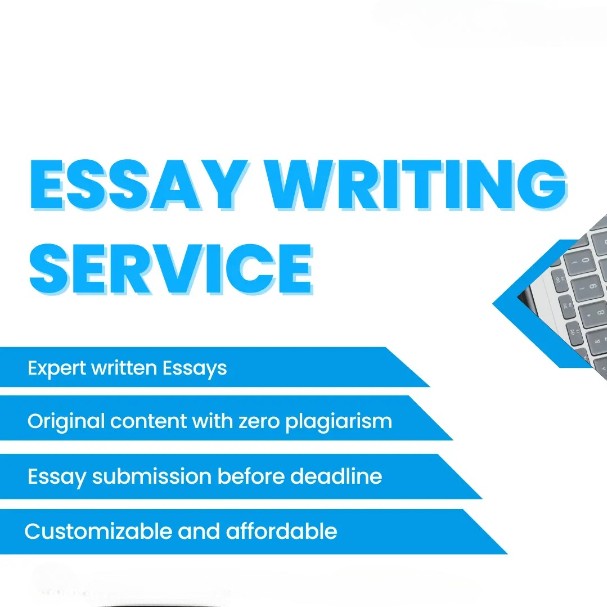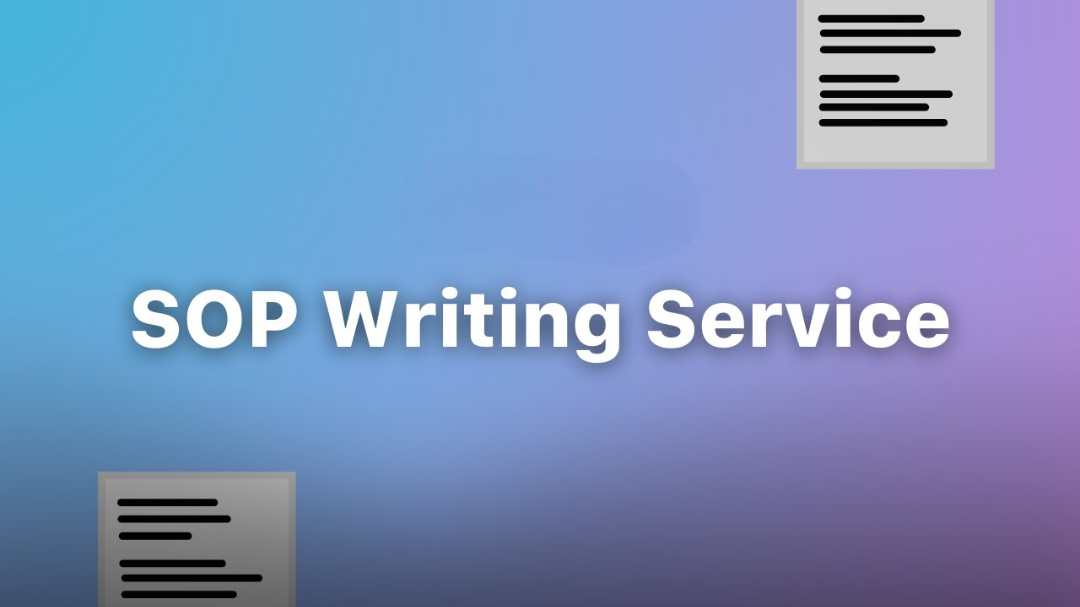In universities, report writing is a crucial part of academic evaluation. From lab reports and research studies to reflective analyses and business case studies, reports take various forms depending on the subject, course, and assignment purpose. However, many students make the mistake of writing a report without paying enough attention to its format — which often results in lost marks despite good content.
So, how do you choose the right report format for your university assignment?
In this comprehensive guide, we’ll cover:- Why formatting matters
- Different types of university reports
- Ideal structure for each report type
- How to identify the right format for your subject
- Common formatting mistakes and how to avoid them
Why Report Formatting Matters
A report is not just about what you write — it’s also about how you present it. Formatting plays a major role in making your report readable, professional, and academically sound.- Improves Readability : A well-formatted report is easy to navigate and understand.
- Shows Professionalism : It reflects your ability to follow academic instructions and present your work neatly.
- Boosts Grades : Most universities allocate marks for report structure and presentation.
- Meets Academic Standards : Adhering to formatting norms shows that you understand your institution’s academic culture.
Different Types of University Reports
Lab Report
Field : Science, Engineering, Medicine, Environmental Studies
Lab reports are used to describe and analyze experiments conducted in a lab setting.
Ideal Format:
- Title Page
- Abstract – Short summary of the experiment
- Introduction – Background, objectives, hypothesis
- Materials and Methods – Step-by-step procedure
- Results – Data collected (graphs, tables)
- Discussion – Interpretation of results
- Conclusion – Summary of findings and implications
- References
- Appendices (if needed)
Research Report
Field : Social Sciences, Psychology, Education, Business
A research report presents the methodology and findings of a detailed research study.
Ideal Format:
- Title Page
- Abstract
- Introduction (literature review and research question)
- Methodology – Research design, sampling, tools
- Results – Data and findings
- Discussion – Interpretation and comparison with past studies
- Conclusion – Key outcomes and future scope
- References
- Appendices
Case Study Report
Field : Business, Law, Public Policy, Healthcare
This type of report analyzes a real-life situation, issue, or scenario.
Ideal Format:
- Title Page
- Executive Summary – Overview of key findings and recommendations
- Introduction – Background and purpose of the report
- Case Description – Details of the case or problem
- Analysis – Evaluation using theories/models
- Alternatives – Possible solutions
- Recommendations – Best solution
- Conclusion
- References
- Appendices
Reflective Report
Field : Nursing, Teaching, Psychology, Social Work
These reports require students to reflect on their learning or an experience and connect it to academic theories.
Ideal Format:
- Title Page
- Introduction – Overview of the experience or subject
- Description – What happened?
- Reflection – What did you learn? How did it affect you?
- Analysis – Apply relevant models like Gibbs’ or Kolb’s Cycle
- Conclusion – What will you do differently next time?
- References (if citing theories)
Technical Report
Field : Information Technology, Computer Science, Engineering
A technical report presents detailed information about a system, design, or process.
Ideal Format:
- Title Page
- Executive Summary
- Table of Contents
- Introduction – Purpose and scope
- Technical Background – Context or existing systems
- System/Process Description – Specifications or design
- Implementation/Results
- Evaluation
- Conclusion
- Recommendations (if applicable)
- References
- Appendices
How to Identify the Right Format for Your Assignment
Choosing the correct format requires understanding the purpose, subject, and instructions.
Step 1: Understand the Assignment Brief
- Read all instructions carefully
- Look for keywords: “analyze,” “investigate,” “reflect,” “experiment,” etc.
- Check if a specific structure is required.
Step 2: Match Format to Subject
- Science/Engineering = Lab or Technical Reports
- Social Sciences = Research Reports
- Business/Law = Case Study Reports
- Nursing/Social Work = Reflective Reports
Step 3: Refer to University Guidelines
Most universities have student handbooks or assignment writing guides that:
- Specify preferred referencing styles (APA, MLA, Harvard)
- Recommend layout (font, margins, line spacing)
- Provide report samples
Step 4: Ask for Clarification
If unsure, ask your lecturer or tutor:
- Is this a research report or a reflective report?”
- “Should I include an executive summary?”
Essential Elements Found in All Report Types
Although the content and purpose vary, most academic reports share these features:
| Section | Purpose |
|---|---|
| Title Page | Includes your report title, name, ID, course, and date |
| Abstract/Summary | Summarizes the report (about 200 words) |
| Introduction | Introduces topic and purpose |
| Main Body | The core content – varies by report type |
| Conclusion | Summarizes main points and final thoughts |
| Recommendations | Optional – used in technical or case study reports |
| References | Lists all sources in the specified citation style |
| Appendices | Optional – includes raw data, charts, or additional information |
Formatting Best Practices
Layout & Presentation Tips :
- Font: Use Arial or Times New Roman, size 12
- Line spacing: 1.5 or double spacing
- Margins: Standard 1-inch all around
- Headings: Use clear, numbered headings (e.g., 1.0 Introduction)
- Page Numbers: Bottom-right corner of every page
- Alignment: Use left-aligned or justified paragraphs
Referencing Tips:
- Font: Be consistent with your citation style
- Line spacing: Use tools like Zotero, Mendeley, or Google Docs Citation Manager
- Margins: Include all in-text citations in the reference list
Table of Contents:
- Insert an automatic TOC if the report is more than 5 pages
- Use Word's built-in style features for headings
Common Report Formatting Mistakes to Avoid
| Mistake | Why It Hurts Your Report |
|---|---|
| Mixing essay and report styles | Reports are structured, not continuous arguments |
| No headings or subheadings | Makes the report look messy and hard to follow |
| Wrong referencing style | May lead to plagiarism or lost marks |
| No visuals or data formatting | Data presented poorly loses impact |
| Inconsistent spacing or fonts | Affects professionalism and readability |
| Missing abstract or summary | Fails to orient the reader before the main report starts |
Sample Comparison Table: Report Types and Their Structure
| Report Type | Common Field | Objective or Reflective | Needs Data | Visuals Used |
|---|---|---|---|---|
| Lab Report | Science, Engineering | Objective | Yes | Graphs, tables |
| Research Report | Psychology, Sociology | Objective | Yes | Charts, stats |
| Case Study | Business, Law | Analytical/Objective | Sometimes | Diagrams |
| Reflective Report | Education, Nursing | Reflective | No | Rarely |
| Technical Report | Engineering, IT | Objective | Yes | Flowcharts |
Conclusion
Selecting the correct report format for your university assignment is not just a technical requirement — it’s an essential part of academic success. Each report type serves a different purpose and has a different structure. Understanding those differences helps you communicate your ideas clearly, follow university standards, and earn better grades.
If you’ve structured your report correctly but still struggle with clarity, proofreading, or tone, consider exploring expert-level Report Writing Services for guidance or editing support.




